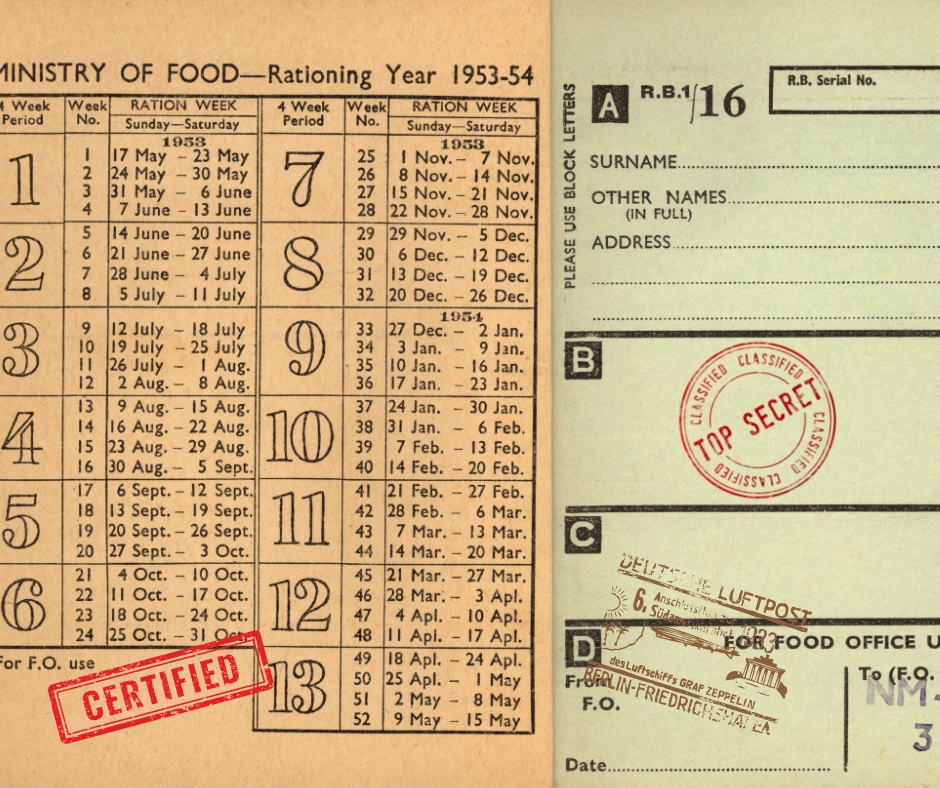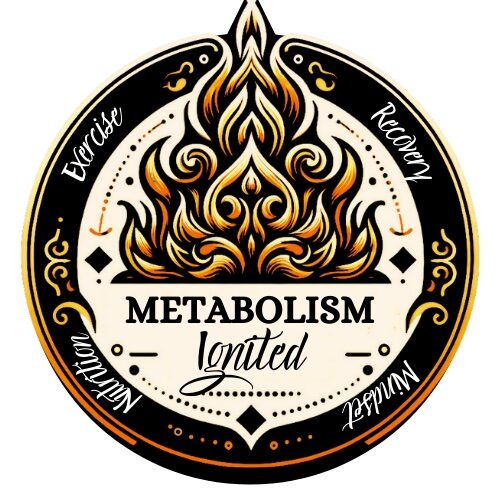Why Were People Slimmer and Generally Healthier Over 70 Years Ago?
In today’s fast-paced world, maintaining a healthy weight and lifestyle can be a challenge. However, looking back at life over 70 years ago, we find that people were generally slimmer and healthier. What were the secrets of that era, and how can we apply them to our lives today? Let’s explore some key factors that contributed to the healthier lifestyles of the past and compare them with our current habits.

Rationing and Controlled Food Intake
One of the most significant differences between now and over 70 years ago was food rationing, particularly during and after World War II. Governments implemented rationing to ensure fair distribution of scarce resources, which inadvertently led to healthier eating habits for many people.
Rationing in the Past:
- Controlled Portions: People received limited amounts of sugar, fats, and meat, encouraging a balanced diet with more vegetables and whole grains.
- Homemade Meals: With fewer processed foods available, meals were typically prepared from scratch, using fresh, locally-sourced ingredients.
- Fasting by Necessity: Periods of scarcity often meant natural fasting, which aligns with modern intermittent fasting trends. Research suggests that intermittent fasting can promote weight loss and improve metabolic health .
Modern Eating Habits:
- Abundance of Food: Today, we have easy access to high-calorie, processed foods, leading to overeating and poor nutrition.
- Snacking Culture: The prevalence of snacks and convenience foods contributes to higher calorie intake and unhealthy eating patterns.
- Mindful Eating: Adopting practices like portion control and intermittent fasting can help replicate the benefits of rationing .
Physical Activity and Daily Movement
Another major factor was the higher level of physical activity in daily life. Without the conveniences of modern technology, people naturally incorporated more movement into their routines.
Physical Activity in the Past:
- Manual Labor: Jobs often required physical labor, and household chores were more demanding without modern appliances.
- Transportation: Walking and cycling were common modes of transportation, providing regular, moderate exercise.
- Active Leisure: Outdoor activities, such as gardening, sports, and playing with children, were popular pastimes .
Modern Sedentary Lifestyles:
- Sedentary Jobs: Many jobs today involve sitting for long periods, contributing to lower daily energy expenditure.
- Automobile Dependence: Increased reliance on cars reduces opportunities for walking and cycling.
- Recreational Activities: Screen time and sedentary entertainment options like TV and video games dominate leisure time.
Incorporating More Activity:
- Active Transportation: Choosing to walk or cycle for short trips can increase daily physical activity.
- Exercise Routines: Scheduling regular workouts and incorporating movement throughout the day, such as standing desks and walking meetings, can help counteract sedentary habits .
Sleep Patterns and Rest
Sleep patterns have also shifted dramatically over the decades. People in the past generally had more regular and longer sleep routines, which is crucial for overall health.
Sleep in the Past:
- Natural Sleep Cycles: Without the pervasive artificial lighting and electronic devices of today, people often went to bed earlier and woke up with the sun.
- Consistent Routines: More consistent daily schedules supported regular sleep patterns and better sleep quality .
Modern Sleep Challenges:
- Electronic Devices: The use of smartphones, computers, and TVs before bed can interfere with sleep quality by disrupting circadian rhythms.
- Irregular Schedules: Varied work and social schedules can lead to inconsistent sleep patterns and sleep deprivation.
Improving Sleep Today:
- Sleep Hygiene: Establishing a regular sleep routine, reducing screen time before bed, and creating a restful sleep environment can enhance sleep quality.
- Awareness of Sleep’s Importance: Recognizing the critical role of sleep in overall health can motivate changes in habits and lifestyle .
Community and Social Connections
The social fabric of communities has also evolved, impacting our health and wellness. Strong community ties and social connections played a significant role in the well-being of people in the past.
Community in the Past:
- Tight-Knit Communities: People often lived close to family and friends, providing a strong support network.
- Shared Activities: Community events, shared meals, and group activities fostered social interaction and physical activity.
Modern Social Dynamics:
- Urbanization and Mobility: Increased mobility and urban living can lead to weaker community ties and social isolation.
- Virtual Connections: While technology allows us to connect virtually, it can also lead to less face-to-face interaction.
Building Community Today:
- Local Engagement: Participating in local events, joining clubs, and volunteering can strengthen community ties.
- Balanced Use of Technology: Using technology to enhance, rather than replace, real-world social connections is key .
Conclusion
Reflecting on the lifestyles of over 70 years ago, we can see that many factors contributed to a healthier way of living. Controlled food intake through rationing, higher levels of physical activity, better sleep patterns, and stronger community ties all played a role in keeping people slim and healthy.
By understanding and incorporating some of these practices into our modern lives, we can work towards improving our own health and well-being. Simple changes, like mindful eating, increasing daily activity, prioritizing sleep, and fostering social connections, can make a significant difference. As we navigate the complexities of today’s world, looking back at the past can provide valuable insights and inspiration for a healthier future.
By incorporating these historical insights into our current lifestyles, we can strive to achieve the health benefits experienced by our predecessors. This blog post aims to provide a comprehensive comparison, highlighting practical steps we can take today to live healthier lives.
To further support your journey to better health, click here to download our eBook “Metabolic Makeover”. This comprehensive guide is designed to steer you towards healthier habits, providing tips and strategies to enhance your metabolism and overall well-being. Don’t miss out on this valuable resource to kickstart your health transformation today!
References
- “Intermittent Fasting: Surprising Update” – Harvard Health
- “The Benefits of Intermittent Fasting” – Johns Hopkins Medicine
- “Portion Control: The Solution to Overeating” – Mayo Clinic
- “Mindful Eating: The Art of Eating with Awareness” – Psychology Today
- “Physical Activity: Moving Toward Obesity Solutions” – National Academies Press
- “The Impact of Physical Activity on Health” – World Health Organization
- “Active Transportation: Benefits and Recommendations” – American Public Health Association
- “Exercise and Physical Activity: Your Everyday Guide” – National Institute on Aging
- “Sleep and Health” – Centers for Disease Control and Prevention
- “Circadian Rhythms and Sleep” – National Sleep Foundation
- “Sleep Hygiene Tips” – Sleep Foundation
- “Why Good Sleep is Really Important for Good Health” – American Heart Association
- “The Importance of Community and Social Connections” – Verywell Mind
- “Building Stronger Communities” – United Nations
By citing credible sources and offering actionable insights, this blog post provides a well-rounded comparison of past and present lifestyles, encouraging readers to adopt healthier habits.
